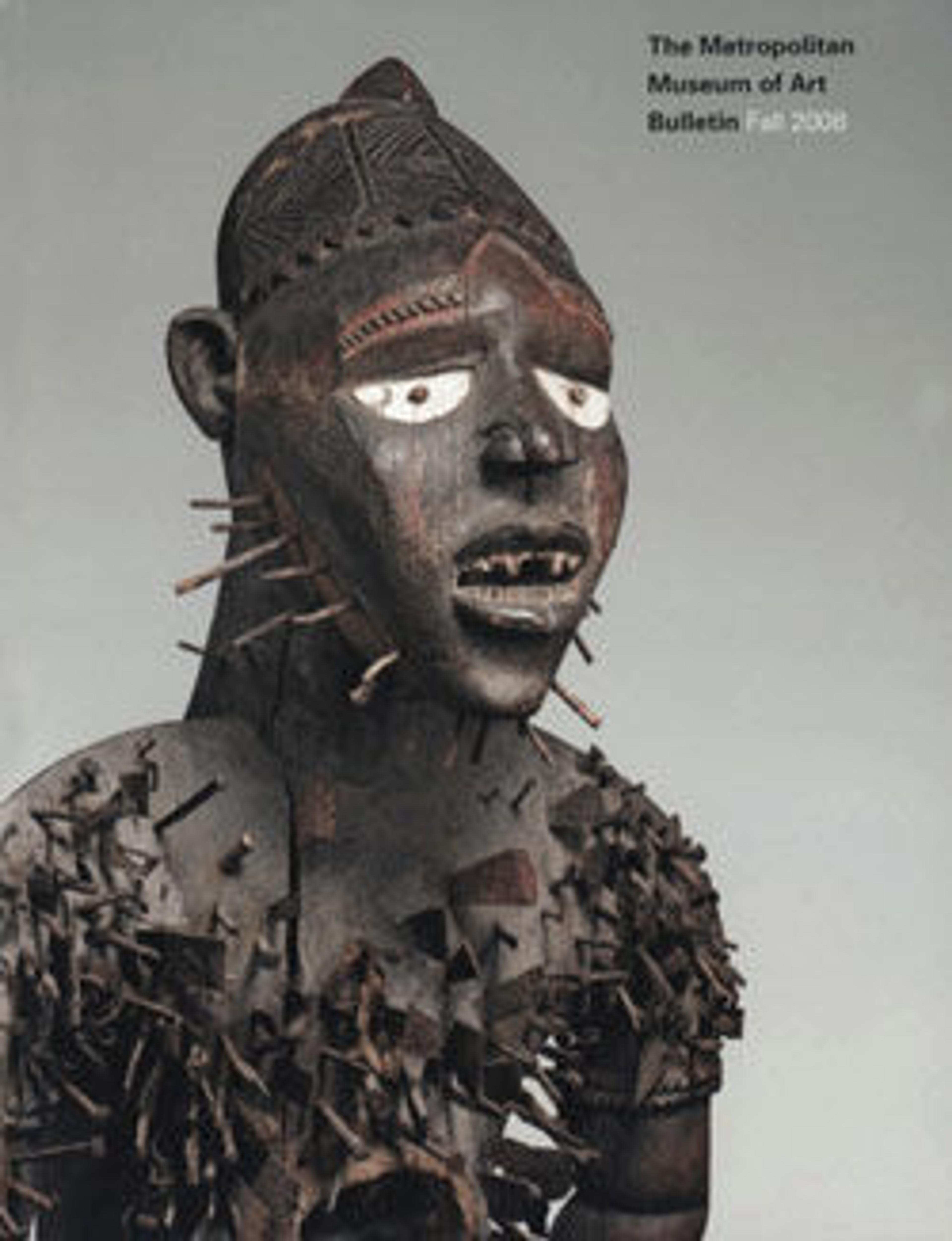Male Nude
This study dates to Degas’s years as an art student in Paris. Rather than starting with a fresh canvas, he painted the nude on top of another figure study, which is partially visible through the outer paint layer. The toes and foot of the earlier figure—possibly the same model—may be seen in the lower left corner, just below the male nude’s head, while his bearded face appears in the area of the reclining nude’s foot. Painting the model in a prone position may have provided Degas with the opportunity to render a figure as if dead or wounded, one who would appear in a scene of warfare.
Artwork Details
- Title: Male Nude
- Artist: Edgar Degas (French, Paris 1834–1917 Paris)
- Date: 1856
- Medium: Oil on canvas
- Dimensions: 13 3/4 x 24 1/4 in. (34.9 x 61.6 cm)
- Classification: Paintings
- Credit Line: Gift of Philip and Catherine Korsant, 2007
- Object Number: 2007.529
- Curatorial Department: European Paintings
More Artwork
Research Resources
The Met provides unparalleled resources for research and welcomes an international community of students and scholars. The Met's Open Access API is where creators and researchers can connect to the The Met collection. Open Access data and public domain images are available for unrestricted commercial and noncommercial use without permission or fee.
To request images under copyright and other restrictions, please use this Image Request form.
Feedback
We continue to research and examine historical and cultural context for objects in The Met collection. If you have comments or questions about this object record, please contact us using the form below. The Museum looks forward to receiving your comments.
